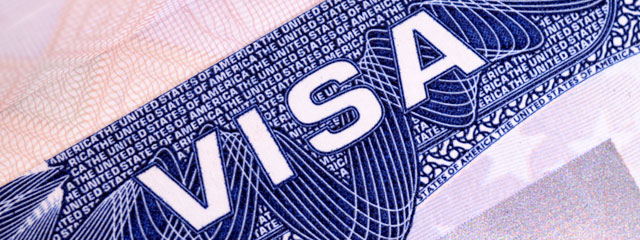F-1 Students and Work Authorization
F-1 visas allow an individual to come to the U.S. to attend an academic program as a full time student. F-1 students are issued Form I-20 by their sponsoring school, and apply for their F-1 visas at a U.S. consulate abroad. F-1 students are allowed to remain in the U.S. for the time period required to finish their educational program, as evidenced by Form I-20. Usually, F-1 students will be issued an I-94 card upon entry to the U.S. with the annotation “D/S”, meaning duration of status. Dependents (spouses and unmarried children under 21) of F-1 visitors may apply for F-2 status, but are not permitted to work in the U.S.
F-1 Employment
F-1 visa holders may be entitled to work authorization. Enrolled F-1 students, as well as recently graduated foreign students, may be eligible to engage in “practical training” in the field in which they studied. There are two common types of Practical Training:
- Curricular Practical Training (CPT)
- Optional Practical Training (OPT)
Distinction Between OPT and CPT
Curricular Practical Training (CPT) is issued to students currently enrolled on a full-time basis at an approved educational institution to obtain work experience in their field of study. This is defined as an alternative work/study, internship, cooperative education, or any other type of required internship or practicum that is offered by sponsoring employers through cooperative agreements with the school. The student usually receives academic credit for this training. CPT is granted by the university and the student’s Form I-20 is endorsed with the dates the student is eligible to work, as well as the number of hours per week. A student with CPT must present an original Form I-20 indicating CPT approval to an intended employer before employment may lawfully commence.
Optional Practical Training (OPT) is granted to students who wish to work in their field of study but are not going to work as part of their academic program. OPT is granted for a maximum of 12 months throughout the student’s academic career. Students can work during their vacations or during the school year, or save OPT to be used after graduation. If working during the school year, the student is only permitted to work 20 hours a week. If used after graduation, OPT must be completed within 14 months of graduation. For OPT eligibility, the student must apply with USCIS for an EAD card (Form I-688B – Employment Authorization Document). The F-1 OPT employment cannot begin until actually receiving the EAD card in hand from USCIS.



